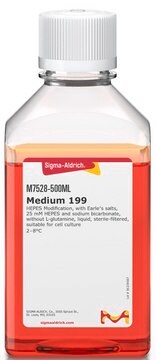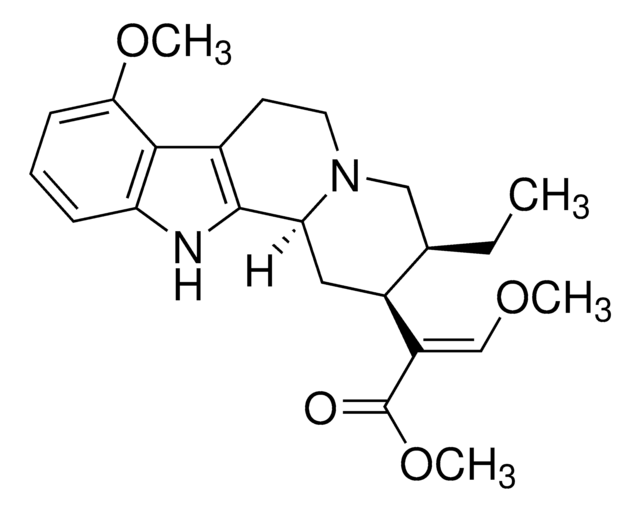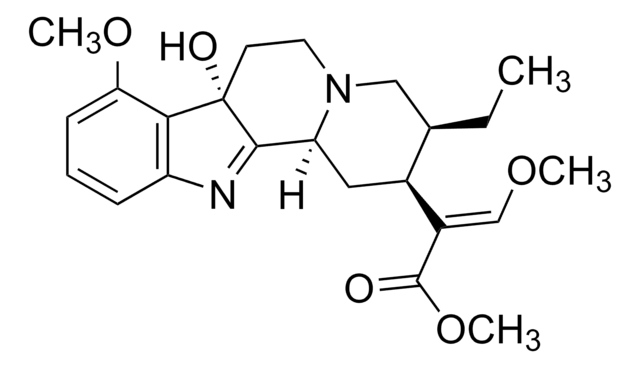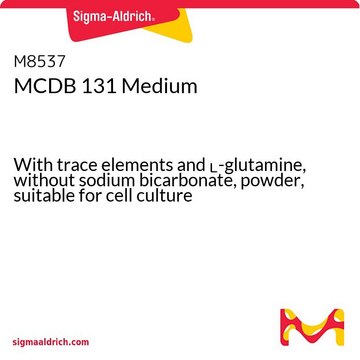M2154
Medium 199
With Earle′s salts and sodium bicarbonate, without ʟ-glutamine, liquid, sterile-filtered, suitable for cell culture
Synonyme(s) :
M199 Medium, TCM 199
About This Item
Produits recommandés
Nom du produit
Medium 199, With Earle′s salts and sodium bicarbonate, without L-glutamine, liquid, sterile-filtered, suitable for cell culture
Niveau de qualité
Stérilité
sterile-filtered
Forme
liquid
Technique(s)
cell culture | mammalian: suitable
Impuretés
endotoxin, tested
pH
7.0-7.6 (25 °C, 209 g/L)
Composants
sodium pyruvate: no
L-glutamine: no
NaHCO3: yes
HEPES: no
phenol red: yes
Earle’s salts (5% CO2): yes
Conditions d'expédition
ambient
Température de stockage
2-8°C
Vous recherchez des produits similaires ? Visite Guide de comparaison des produits
Description générale
Application
- to culture rumen epithelial cells from yearling Speckle Park beef heifers
- as a component of the maturation medium for the incubation of Cumulus oocyte complexes (COCs) from bovine ovaries
- as a component of the Dulbecco′s modified Eagle medium (DMEM) mixture to maintain rat neonatal cardiac myocytes (NCM)
Reconstitution
Souvent commandé avec ce produit
Code de la classe de stockage
12 - Non Combustible Liquids
Classe de danger pour l'eau (WGK)
WGK 1
Point d'éclair (°F)
Not applicable
Point d'éclair (°C)
Not applicable
Faites votre choix parmi les versions les plus récentes :
Déjà en possession de ce produit ?
Retrouvez la documentation relative aux produits que vous avez récemment achetés dans la Bibliothèque de documents.
Les clients ont également consulté
Notre équipe de scientifiques dispose d'une expérience dans tous les secteurs de la recherche, notamment en sciences de la vie, science des matériaux, synthèse chimique, chromatographie, analyse et dans de nombreux autres domaines..
Contacter notre Service technique








